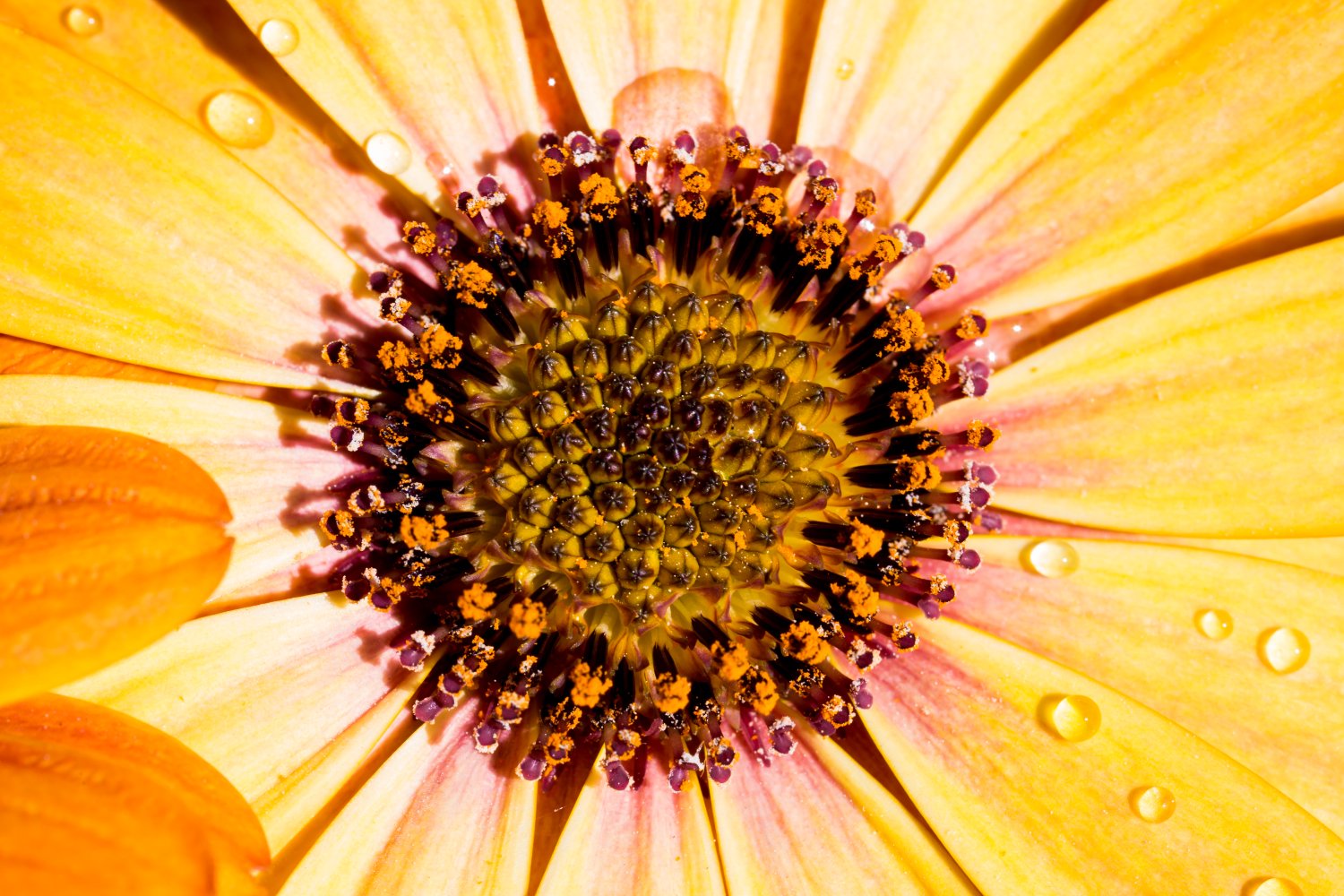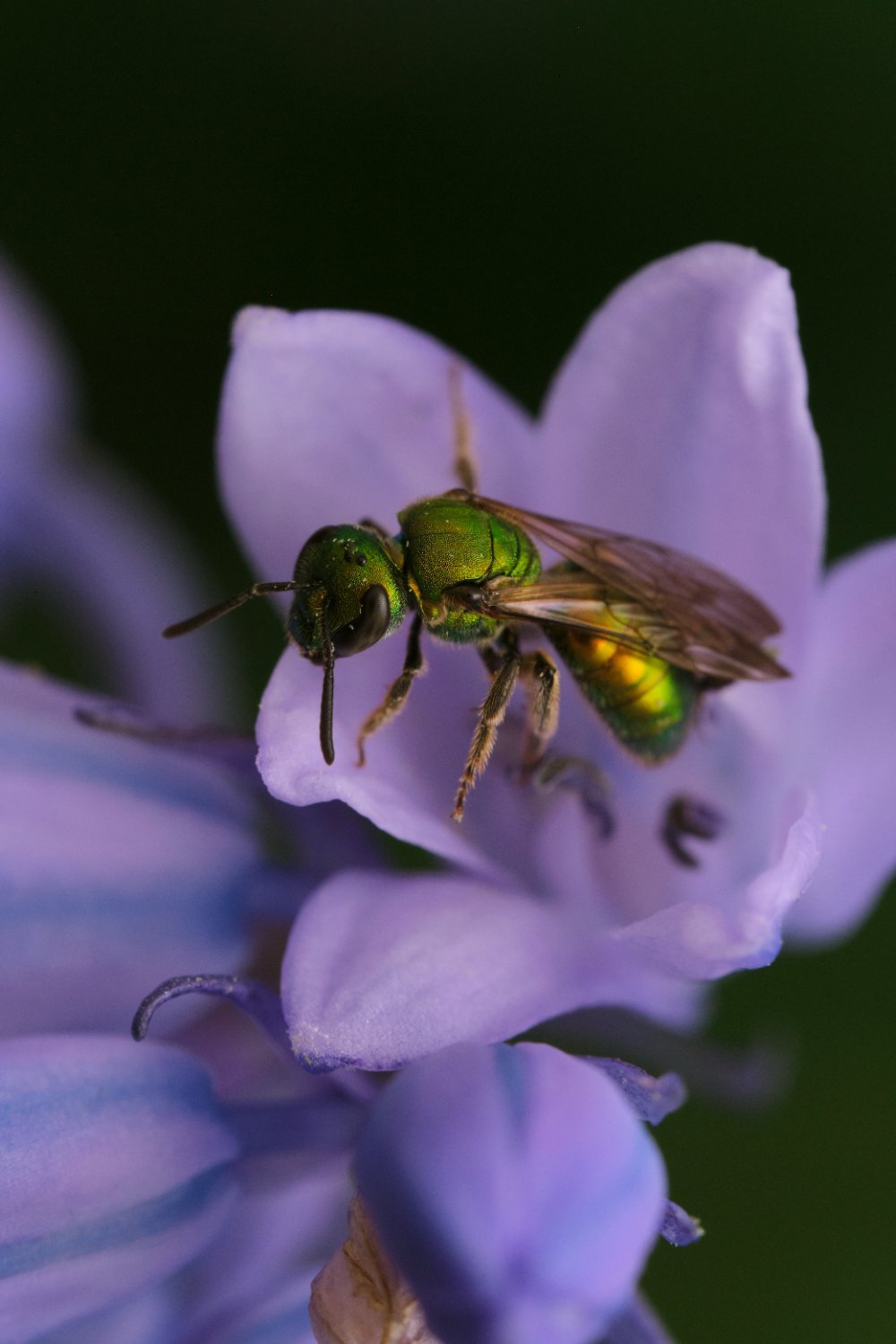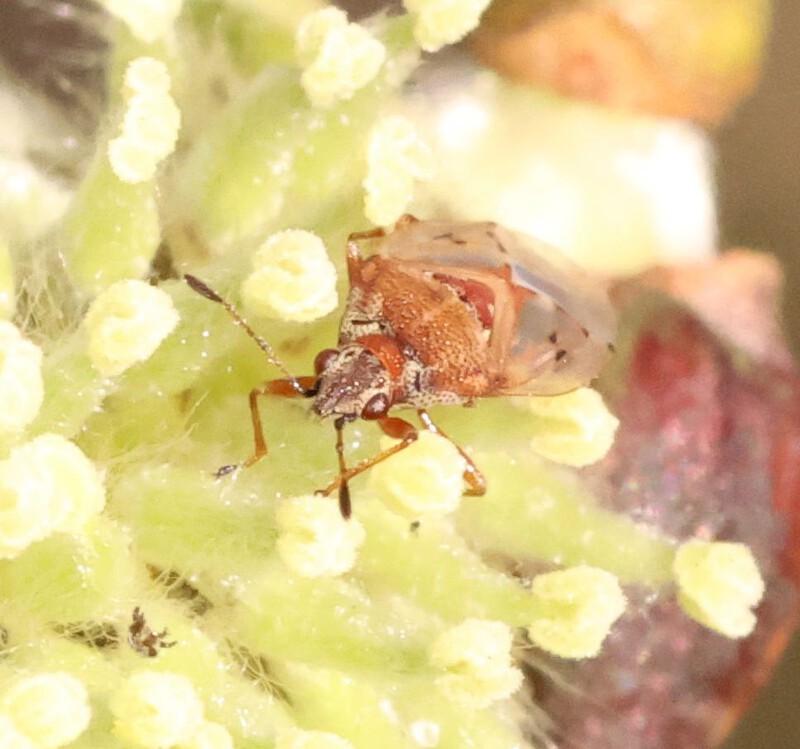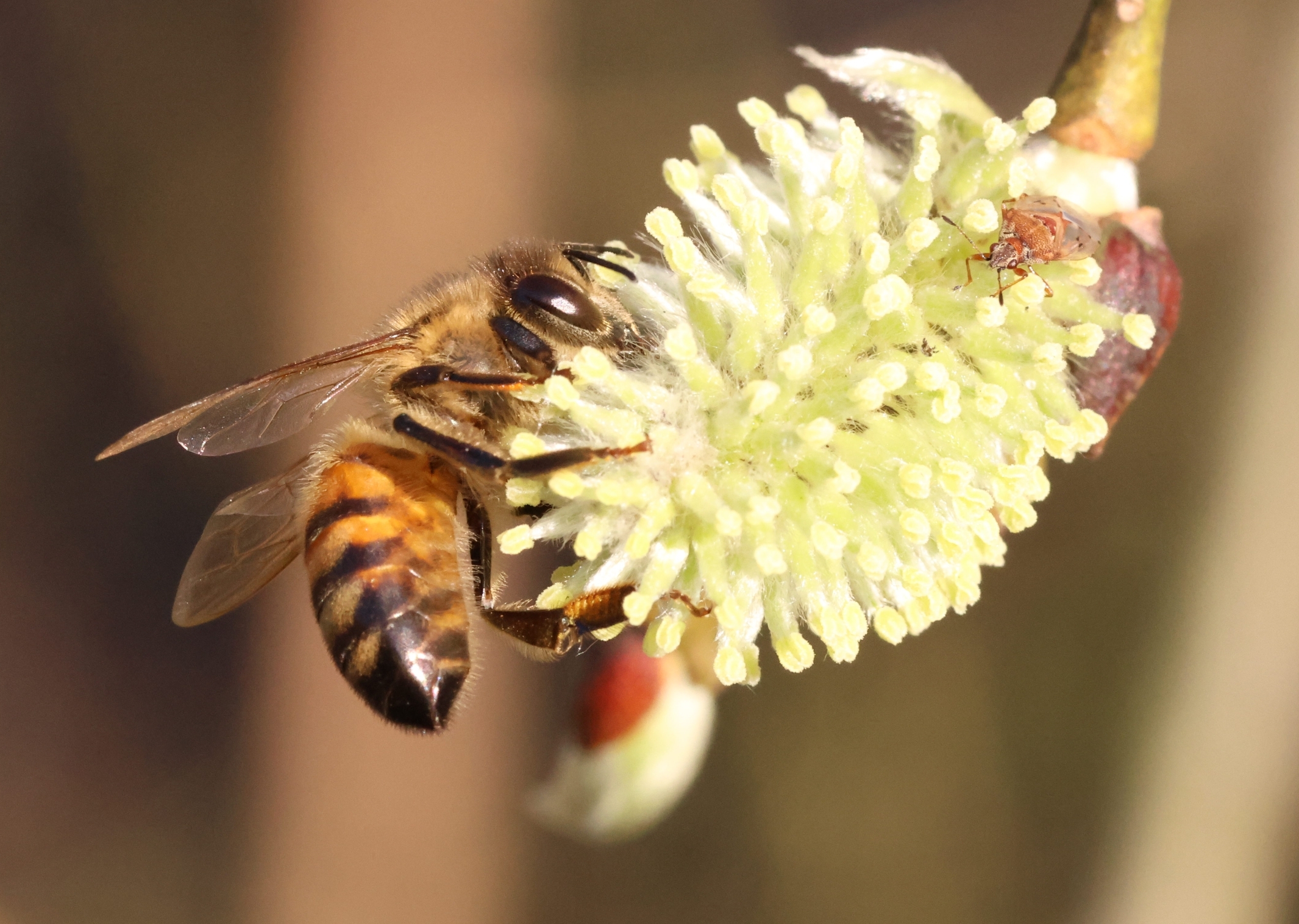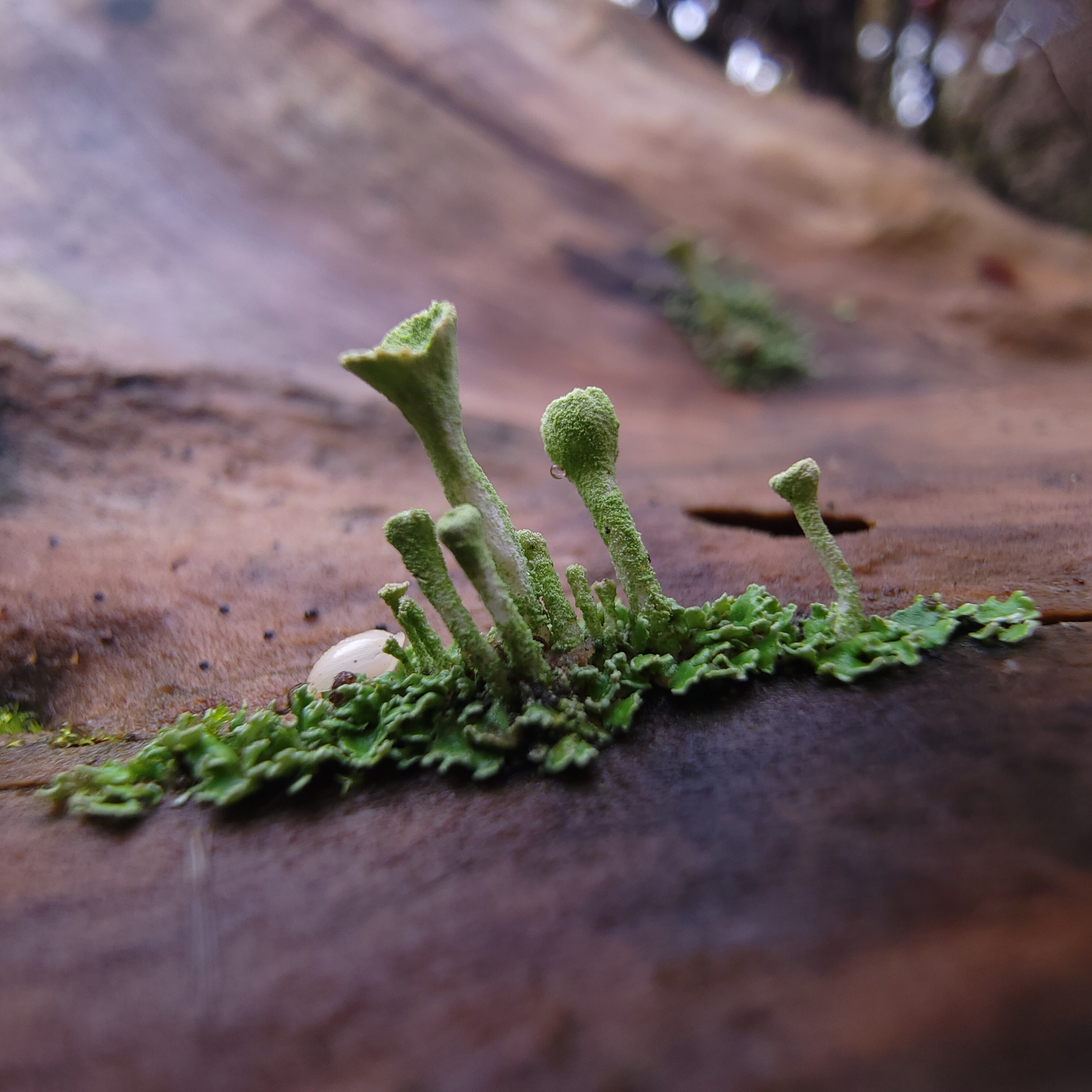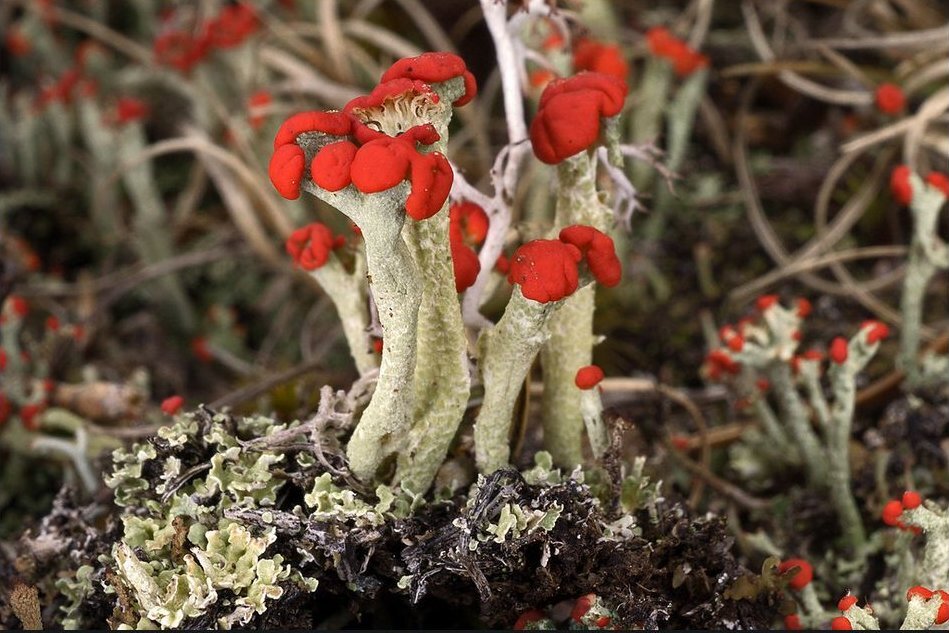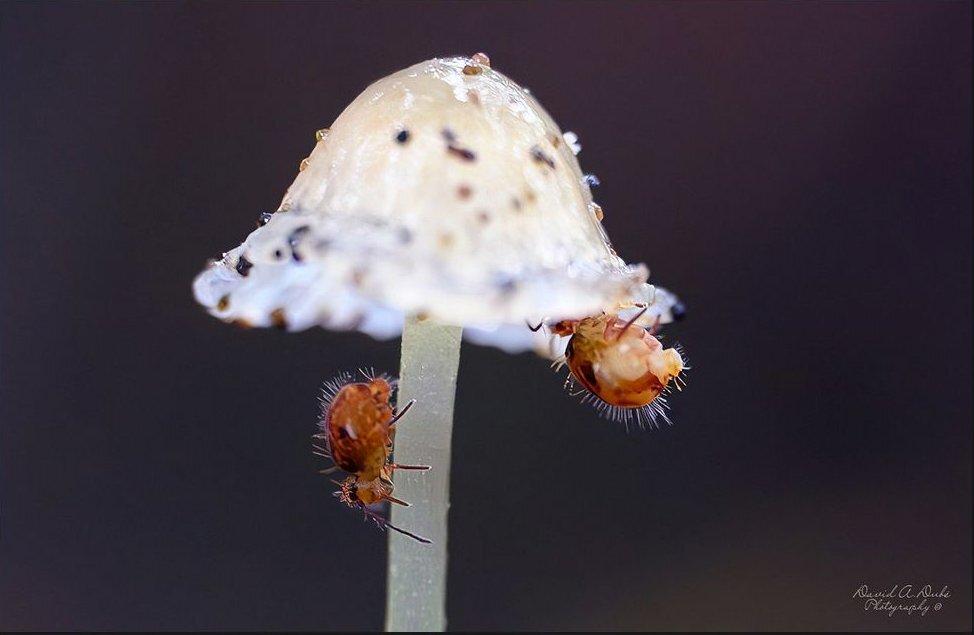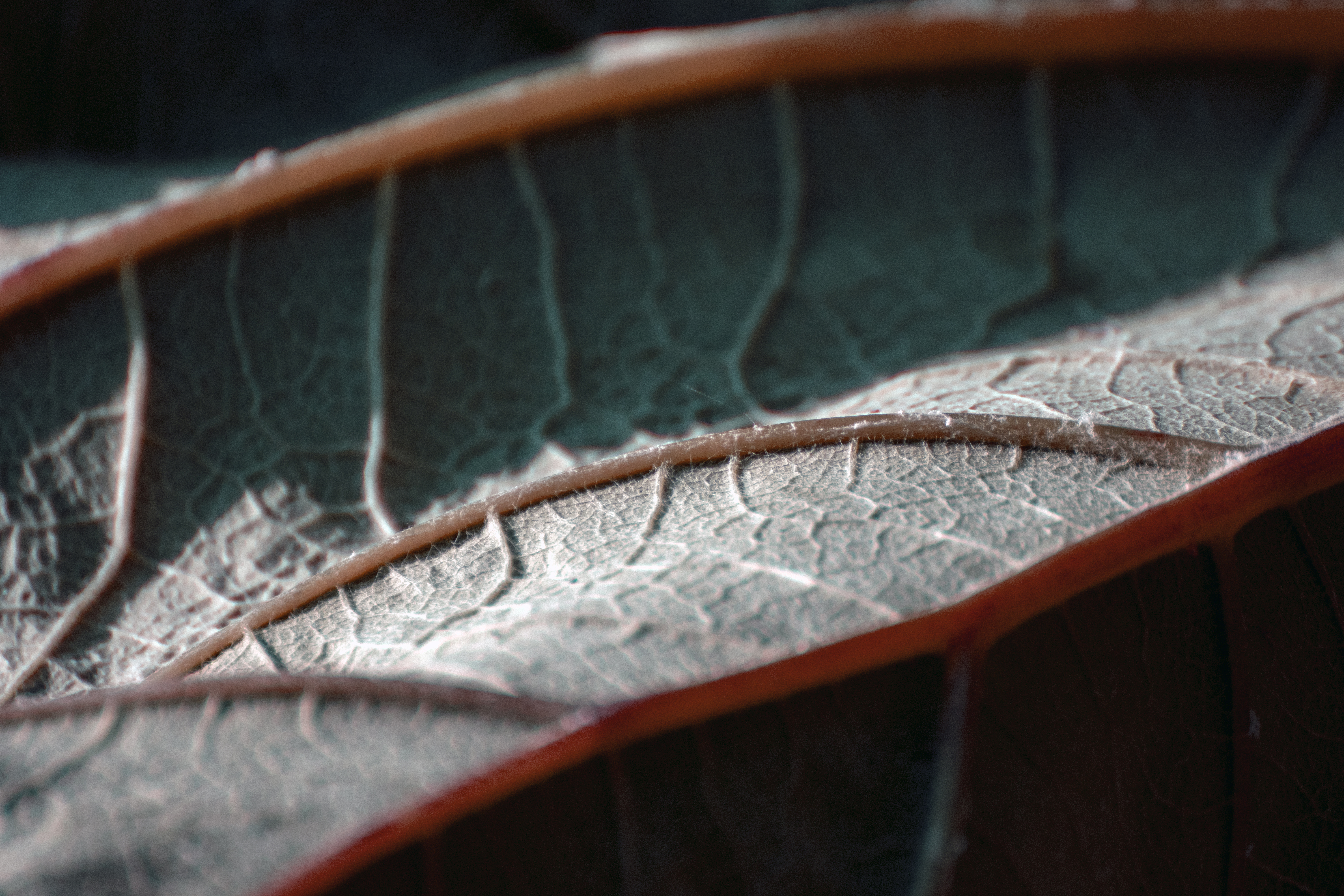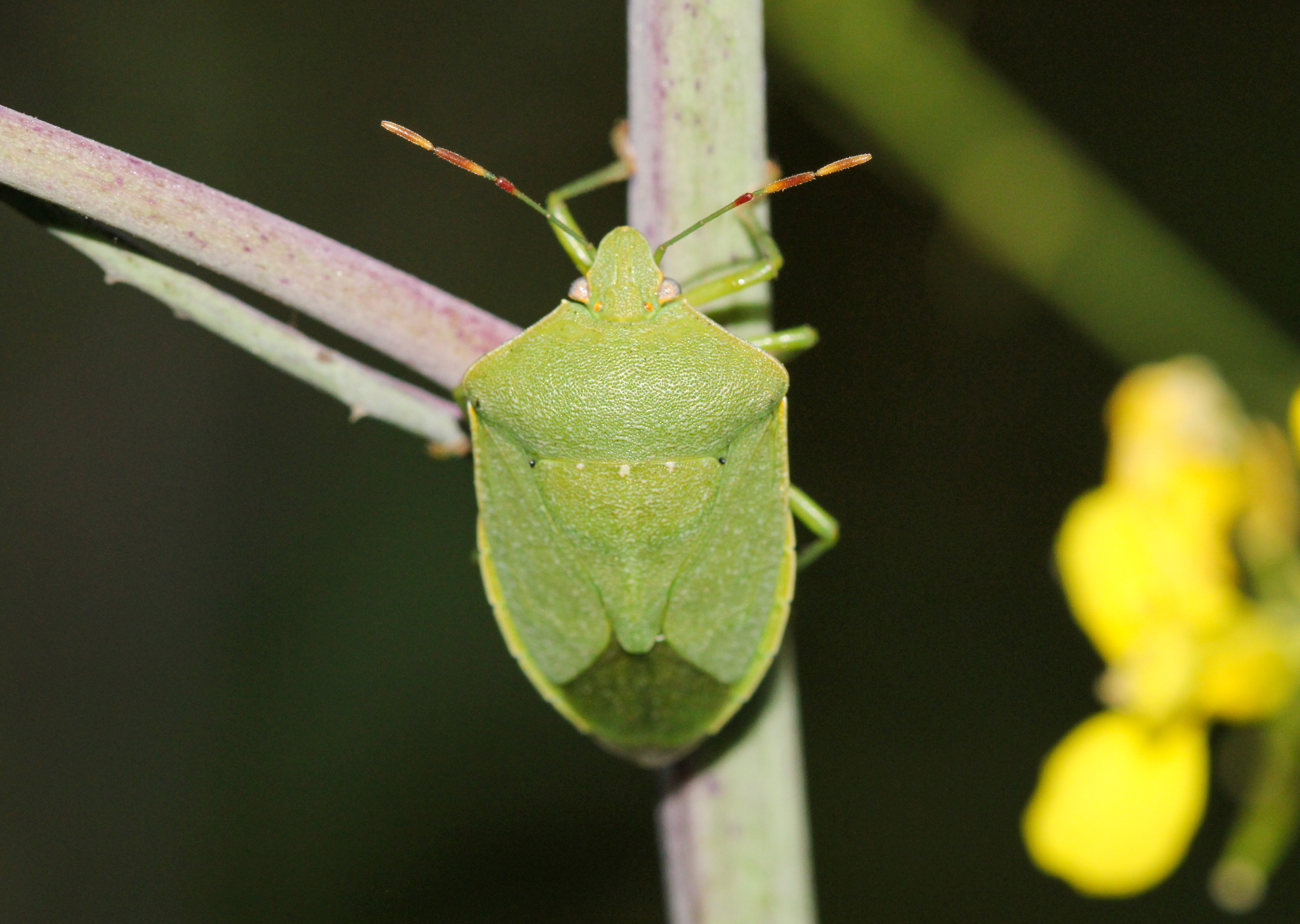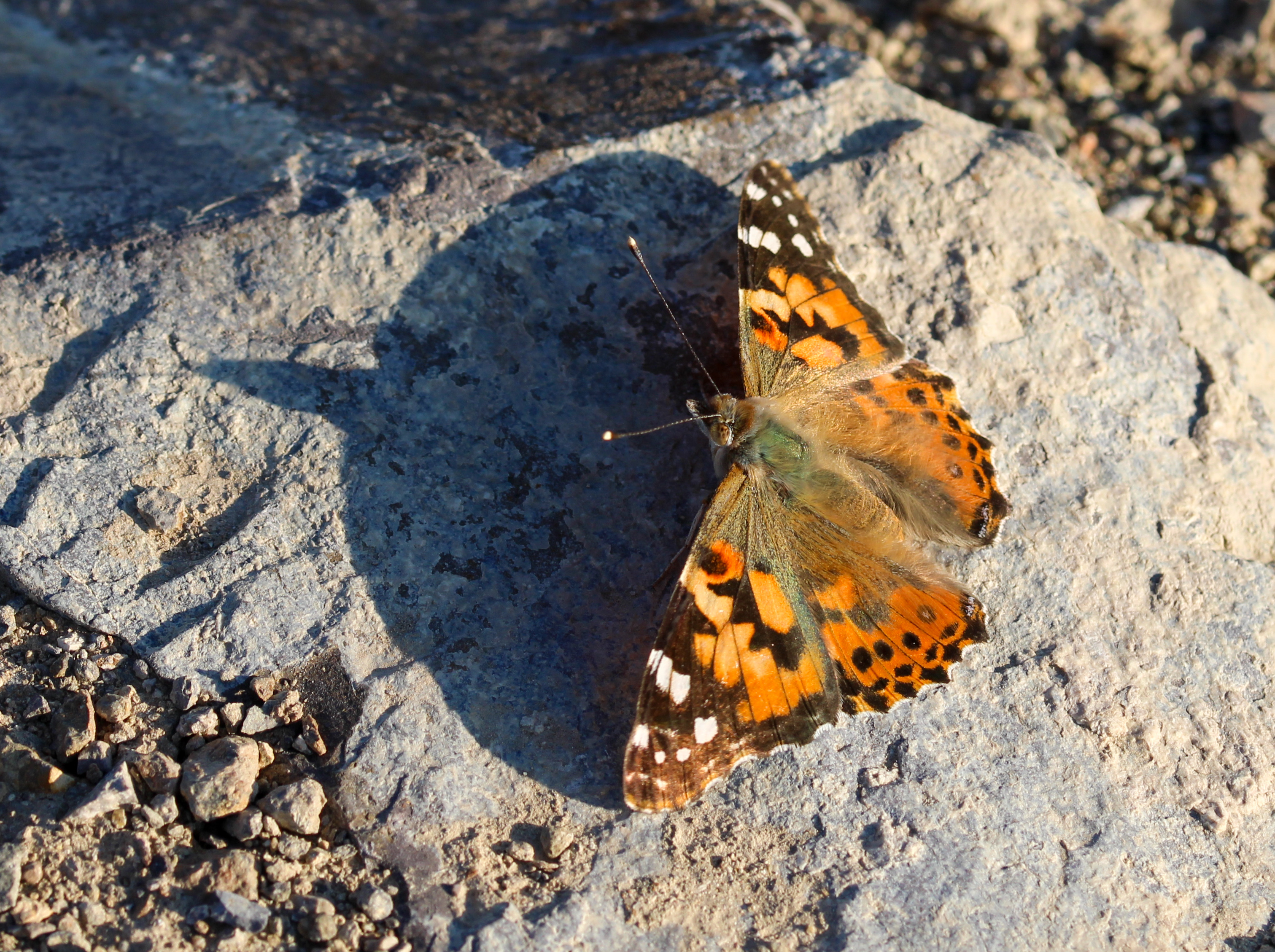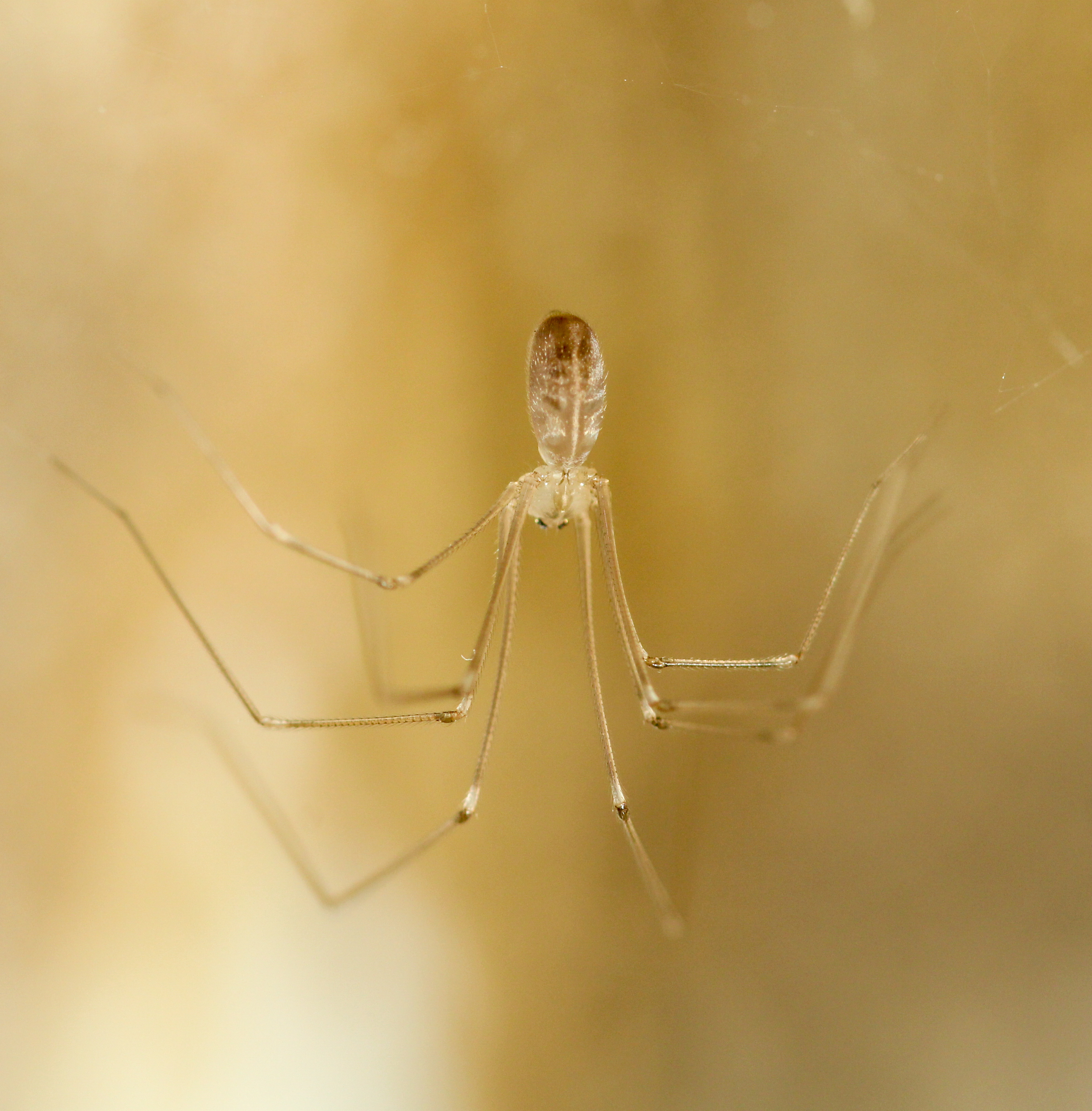Macro Photography
Welcome to c/MacroPhotography!
Share your own macro shots, discuss different lighting and composition techniques, seek advice on equipment, and discover the stories behind each captivating image.
Explore the mesmerizing world of extreme close-up photography in this community dedicated to macro enthusiasts. Whether you're an experienced macro photographer or just starting your journey, this community is the perfect place to share, learn, and be inspired.
What is Macro Photography?
Macro photography allows us to capture the intricate details of the tiniest subjects, revealing a hidden universe that often goes unnoticed by the naked eye. From the delicate patterns on a butterfly's wing to the complex textures of a flower petal, macro photography enables us to explore the wonders of the small-scale world.
What to Expect
This community is brand new like all of lemmy.world, but hopefully it will grow into diverse collection of stunning macro photographs, insightful discussions, helpful tips and techniques, gear recommendations, and constructive feedback from a community of passionate macro photographers.
So grab your camera, experiment with different subjects and techniques, and let's embark on this captivating journey together!
